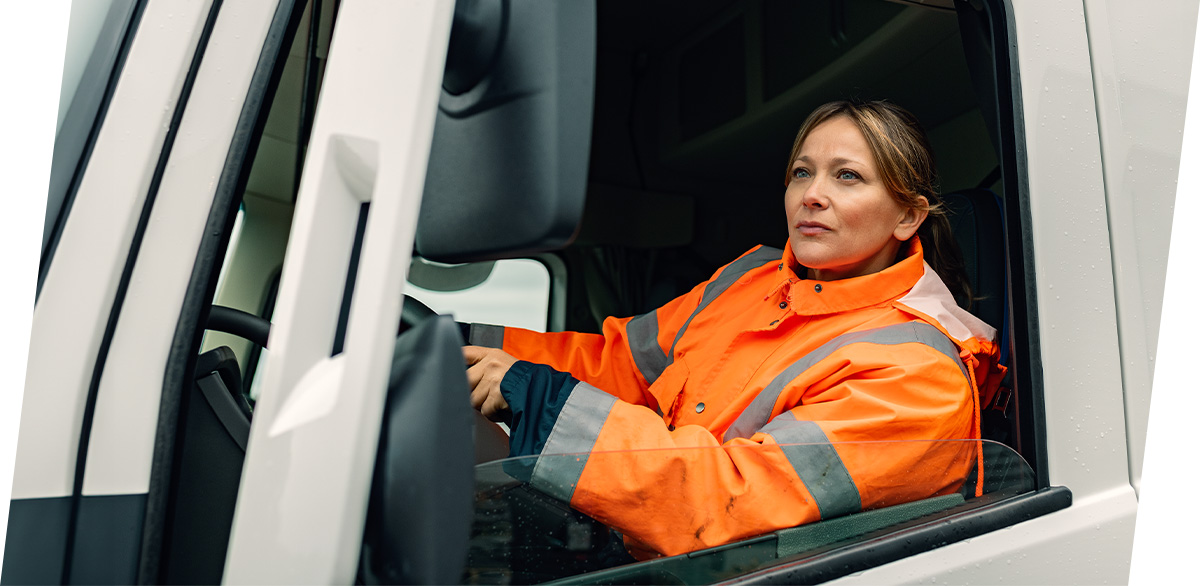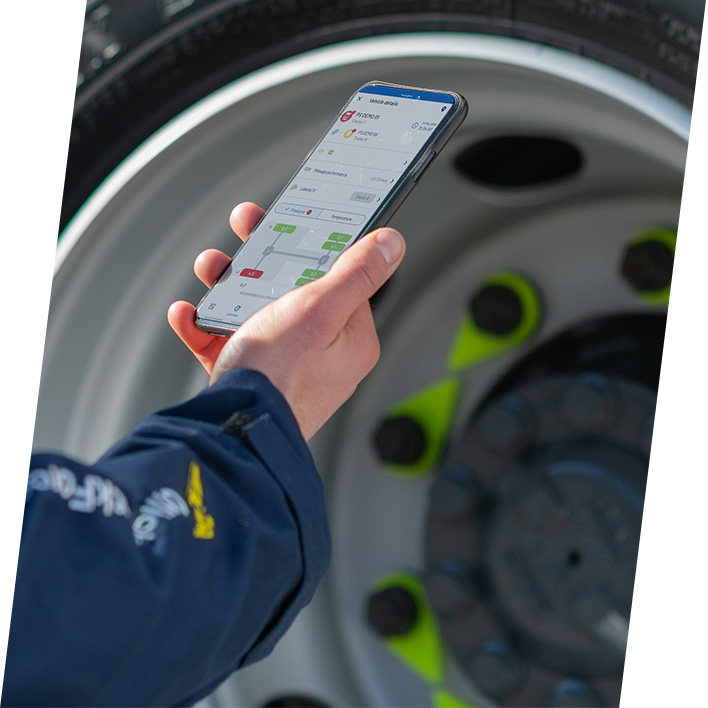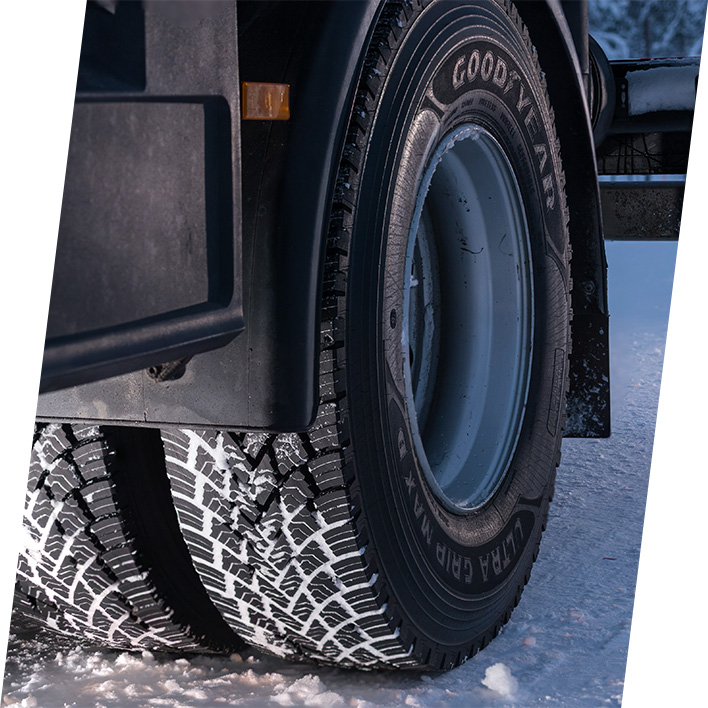We aim for our publications to be as accurate as possible, but they do not constitute legal or technical or professional advice. Please seek professional advice before taking any action.
The information on this site is for general information purposes only and does not claim to be comprehensive nor does it provide advice tailored to your situation. Each item is flagged with a date of publication, but the law, technologies etc. may change after that date, so rendering the information unreliable. In some cases, we express opinions. Note that these are not law but the views of individuals. For a comprehensive and considered view of any topic, please seek tailored advice.
Goodyear accepts no responsibility for any loss which may arise from accessing or relying on information contained in this site. Nor are we responsible for the content of any external internet sites that either link to this site or are linked from it










